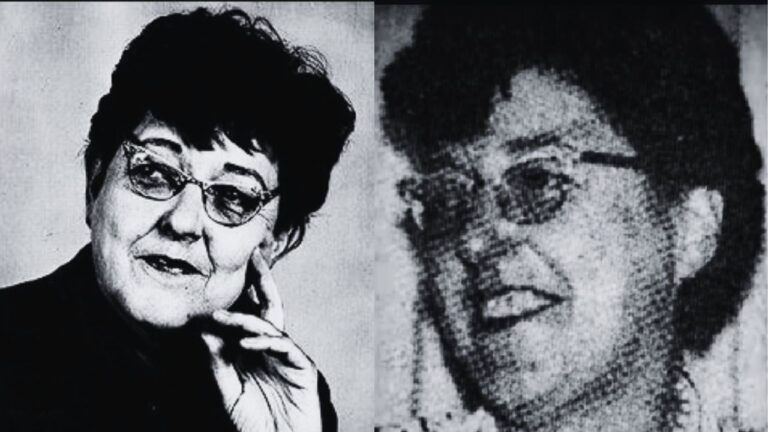Clarnell Stage is known not for her own actions but for being the mother of the infamous serial killer Edmund Emil Kemper III. Although she lived a life away from public attention, her difficult relationship with Edmund had a big impact on him. In this article, we will explore Clarnell’s life, her relationships, and how she influenced her son. We will look at how their relationship helped shape the path that led Edmund to become a killer.
About Clarnell Stage
Clarnell Elizabeth Stage was born on March 17, 1921, in Montana. She would go on to become the mother of Edmund Kemper III, also known as the “Co-Ed Killer.”
Clarnell was known for her domineering and abusive behavior. This likely stemmed from her own difficult upbringing. She had a strong dislike of men in general.
Clarnell Stage Early Life & Family Details
Not much is known about Clarnell’s early life. She was feared by her own children and even her ex-husband. Her ex described living with her as worse than his experiences in wartime and atomic bomb testings.

Some have suggested Clarnell may have had borderline personality disorder. However, this was never officially diagnosed or proven.
Clarnell Stage’s Relationship With Edmund Kemper Jr.
Clarnell Stage was born in Montana in 1921. In 1942, she married Edmund Kemper Jr. in Great Falls. The couple had three children together – Susan, Edmund III, and Allyn.
However, the marriage was far from happy. Clarnell was an abusive alcoholic who created a toxic home environment. She frequently belittled and humiliated young Edmund, locking him in a rat-infested basement out of fear he would harm his sisters.
This abusive treatment had a profound impact on Edmund’s psychological development. The constant ridicule and lack of love shaped him in devastating ways. In 1957, Clarnell and Edmund Jr. separated. She took the children to Helena, Montana to raise them as a single mother.
Clarnell’s Difficult Personality
By many accounts, Clarnell Stage was a deeply troubled woman. Some allege she had borderline personality disorder, although this was never officially diagnosed.
She harbored a strong dislike for men in general. This was especially evident in how she treated her son Edmund. She never missed an opportunity to make him feel unwanted, unloved, and ridiculed.
Clarnell’s vicious treatment of Edmund undoubtedly contributed to his later psychological issues. The constant abuse and humiliation warped his development, planting the seeds for the atrocities to come.
Clarnell’s Professional Life & Achievements
Details about Clarnell Stage’s professional career are scarce. It’s known that she worked to support herself and her children after separating from her husband in 1957.
However, her personal demons and abusive tendencies overshadowed any career achievements. Alcoholism and uncontrolled rage seemed to dominate her life, at the expense of her children’s wellbeing.
Ultimately, very little is known about Clarnell’s work life. Her legacy is instead defined by the abuse she inflicted and its horrific consequences.
The Tragic End of Clarnell Stage
On April 20, 1973, Clarnell Stage met a grisly fate at the hands of her own son. Edmund Kemper III, then 24, bludgeoned her with a claw hammer while she slept. He then slit her throat and decapitated her.
In a final act of depravity, Edmund engaged in necrophilia with his mother’s severed head. He then murdered Clarnell’s friend Sara Hallett when she stopped by the house later that day.
Edmund soon confessed to his mother’s murder, as well as several other killings. Clarnell’s life ended in unimaginable tragedy, her own child driven to commit the ultimate atrocity against her.
Conclusion
Clarnell Stage’s life is a sad story filled with problems and abuse that contributed to her son, Edmund Kemper III, becoming one of America’s most famous serial killers. Her controlling behavior and troubled personality created a harmful home environment that left deep emotional scars on Edmund, shaping who he became and leading to his violent actions.
Although she was a mother, Clarnell’s actions created an atmosphere of fear and humiliation that greatly affected her children’s lives. The tragic end of her life—being killed by her own son—serves as a powerful reminder of how family relationships can deeply impact behavior, sometimes leading to terrible outcomes. Clarnell’s story, while often overshadowed by her son’s crimes, shows us the importance of understanding how trauma and abuse can affect families.


